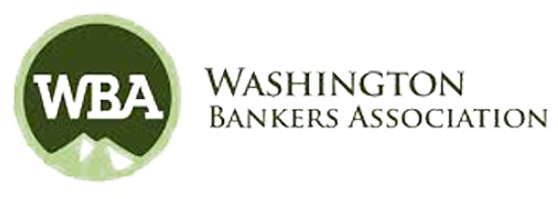Compliance Alliance: Is It Time to Break Up Freddie Mac?
On March 27th, President Trump issued a presidential memorandum directing the Secretary of the Treasury to develop a plan for America’s breakup with Fannie and Freddie. In the Trump administration’s view, the Government-sponsored enterprises (“GSEs”) have been the conservator of the American housing market for too long. The administration thinks it is time to “level the playing field” concerning mortgage originations between the private sector and government. One of the most controversial parts of this requested plan is the proposed elimination of the qualified mortgage (“QM”) Patch for GSE-eligible loans. Finding that GSE QM loans represent a “large and persistent” share of originations in the conforming mortgage market and that creditors generally offer a Temporary GSE QM loan even when a General QM loan could be originated, the CFPB announced on July 25th that the QM Patch would expire in January 2021 and requested comments on the possible revisions to the ability-to-repay rule, given the impending expiration of the QM Patch.
A remnant of America’s transition to the Dodd-Frank regulatory regime, the QM Patch allows lenders to make QM loans that otherwise would fall outside of the QM rule. This mainly includes those loans that exceed the 43% debt-to-income limits. This important exemption expands the QM safe harbor and helped ensure robust credit availability during the early days of Dodd-Frank. To show the growing divide between GSEs and the private investors, after the QM patch, consider the growth of each between 2010 and 2016. In 2010, GSE loans represented 35.5% of purchase originations and private originations represented 19.1%. The GSEs share grew to 44.3% by 2013 and stayed around that level thereafter. Private originations grew to 23.7% by 2014, but then declined back to 21.4% by 2016. The CFPB notes that Fannie Mae and Freddie Mac purchased nearly 52% of all closed-end first-lien residential mortgage loans made in 2018. The CFPB estimates that 31%of the loans had debt-to-income ratios that exceeded 43%, which means the loans would not be eligible for the General QM.
In a post-QM Patch world, the private-label securitization market would have to step in to fill the Fannie and Freddie-sized hole in the mortgage market. Many observers are concerned that private investors are eager to do so. While we have seen some growth in non-GSE loans, investors remain cautious about taking risk on loans that are outside of the QM legal safe harbor contained in the Dodd-Frank law.
The QM Patch helps community banks compete with large banks. By turning to the GSEs, community banks can access the secondary market without a large bank intermediary. Fostering community banks’ access to the secondary market benefits consumers by allowing community banks to offer more affordable and competitive mortgage rates than would be available in the absence of this secondary market. Curtailing Fannie Mae and Freddie Mac will increase the considerable market power of the large banks.
As our regulatory climate evolves, C/A will be with you to help guide you through any changes as details emerge.
Compliance Alliance, a WBA PROS Endorsed Vendor, provides an all-inclusive compliance solution for banks of all sizes. Compliance Alliance provides its members with an ever-increasing set of bank compliance tools and services that help them stay up-to-date with federal consumer and regulatory requirements. Membership offers three main areas of support including downloadable documents, a compliance hotline, and review services. Compliance Alliance members receive unlimited access to all products and services for one annual fee.
